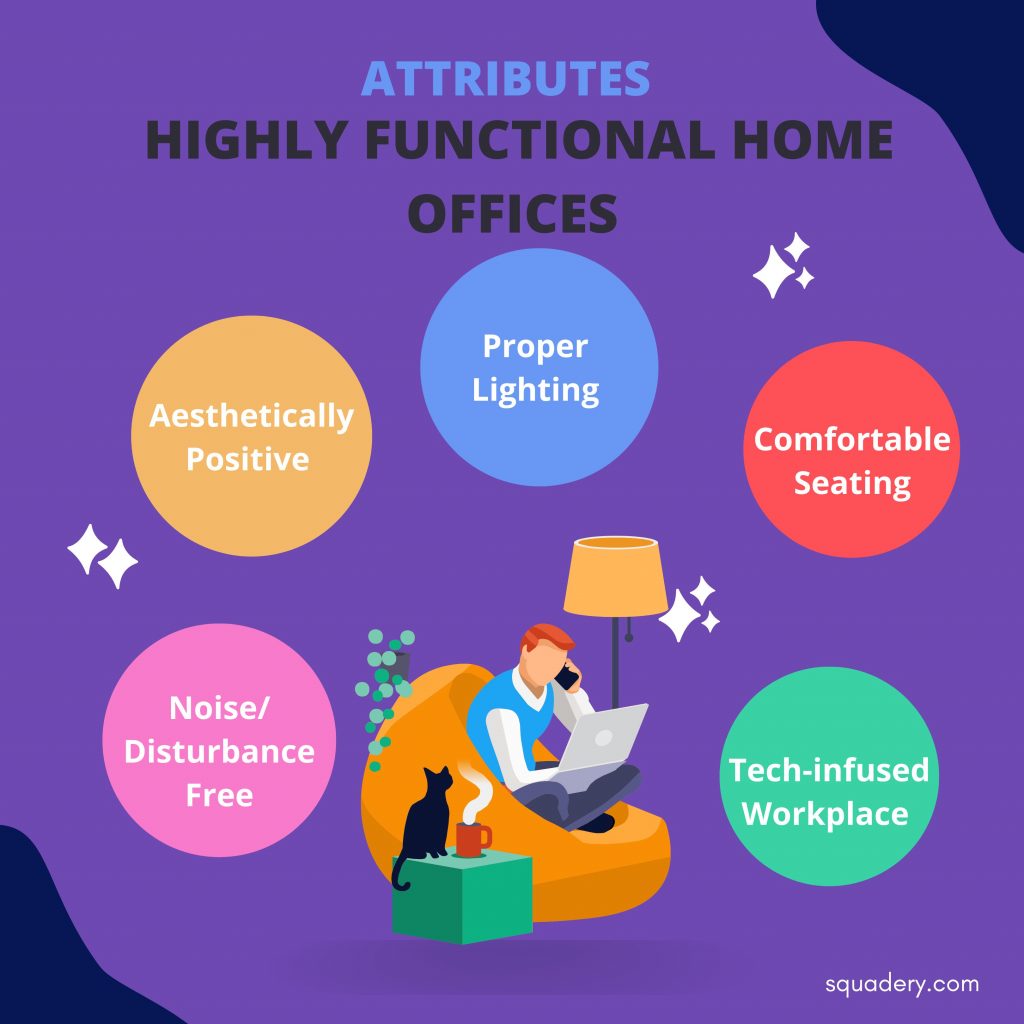The freedom to build an ideal workspace is one of the benefits of working from home. No more long commutes, you can be office-ready in minutes every day. For AI engineers new to remote work, it can be a challenge to set up your home office. Creating a workspace that boosts productivity and efficiency while allowing you to unplug and maintain a work-life balance is vital.
It is crucial to create the feel of an office at home. Remote work isn’t for everyone. Some struggle to stay focused and productive. The best setup is not limited to your tech but the work environment you create with it. It doesn’t matter if you don’t have a dedicated room furnished and ready. Maintaining your current workspace can enhance productivity and make the most of your work hours.
Tips for Productive Home Office
1. Comfortable seating
A survey from The Institute for Employment Studies (IES) showed more than 56% of remote workers suffer from neck and back pain. The primary suspect is the seating arrangements in home offices. A comfortable desk/table and chair can help you prevent pain by activating your body more, reinforcing a healthier posture, and providing comfort helping you work long hours. We suggest you invest in ergonomic chairs that are comfortable and fit your workspace.
2. Invest in better lighting
Lighting mightn’t be the first thing that crosses your mind while planning your home office. Psychology Today shows that lighting affects productivity and contributes to a healthy lifestyle for remote workers. Proper lighting without glare or shadows is essential. Natural light is best; if it’s unavailable, we suggest you invest in artificial lighting. Doing so will improve sleep patterns, focus, and prevent eye strain.
3. Always keep your tech updated
Make sure your home office is well-spent when it comes to tech and consider upgrading your tech and gadgets. Jon Peddie’s Research shows that adding a second monitor to your setup can improve efficiency by up to 42 %. Software updates and upgrades are equally important for remote AI and data science workers to keep your devices running at full potential without any obstructions.
4. Keep your home office clean, minimal, and distraction-free
Working from home can get messy, especially when you compare it to a corporate workspace with dedicated cleaning resources. Keeping your home office clean and organized will positively impact your productivity. You will be more focused, motivated, and organized when you’re not distracted by a piece of trash lying in the corner of your desk. Try assigning a few minutes of your day to clean your home office.
5. Subscribe to adequate internet plans
A reliable internet connection affects your productivity directly, especially for AI and data scientists working with large volumes of data. Yesss Electrical discloses in a study that almost 28% of remote workers can only complete half a day’s work due to slow internet connection. Communication time is increased by up to 86% with limited broadband. Ensure your home office has an adequate internet plan to enhance productivity.

Bonus tips
- Prioritize your tasks by making a to-do list.
- Stay connected with your team by conducting regular updates.
- Take breaks and prevent burnout.
- Stay hydrated and eat on a regular schedule.
- Avoid using social media during the workday.
Bottom line
Even if your work-from-home options are limited to the dining table, there’s still a lot you can optimize in your home office setup. The most successful home offices adopt the practices of commercial offices. Giving it your personal touch will help you achieve more while also setting up work-life boundaries.
Scoring remote job opportunities can be challenging if you are new to the remote workforce. Squadery is dedicated to helping data science and AI professionals get the best jobs in the US. Sign up today and take advantage of all our network has to offer.
Want to learn more about Squadery? Click here.





